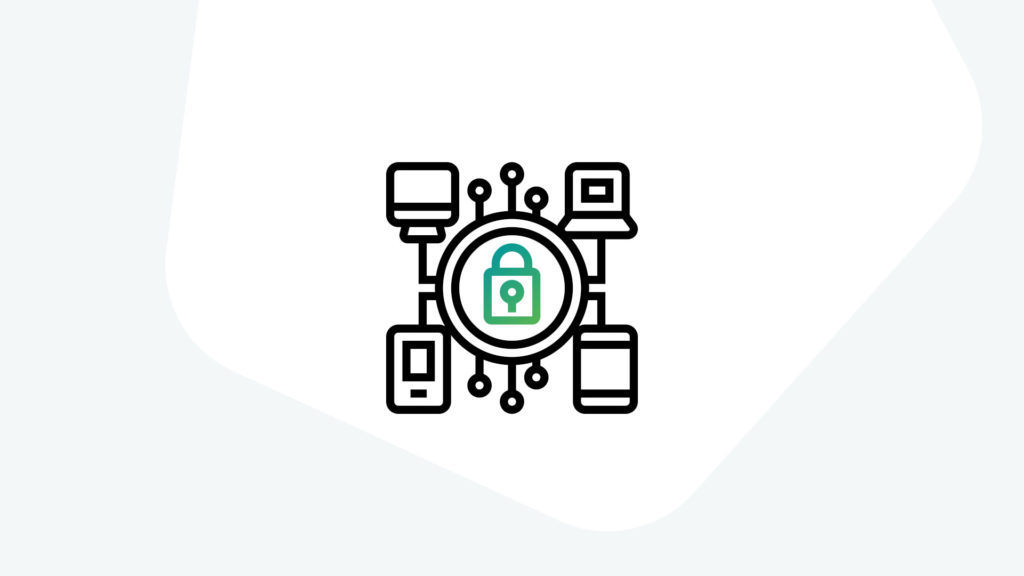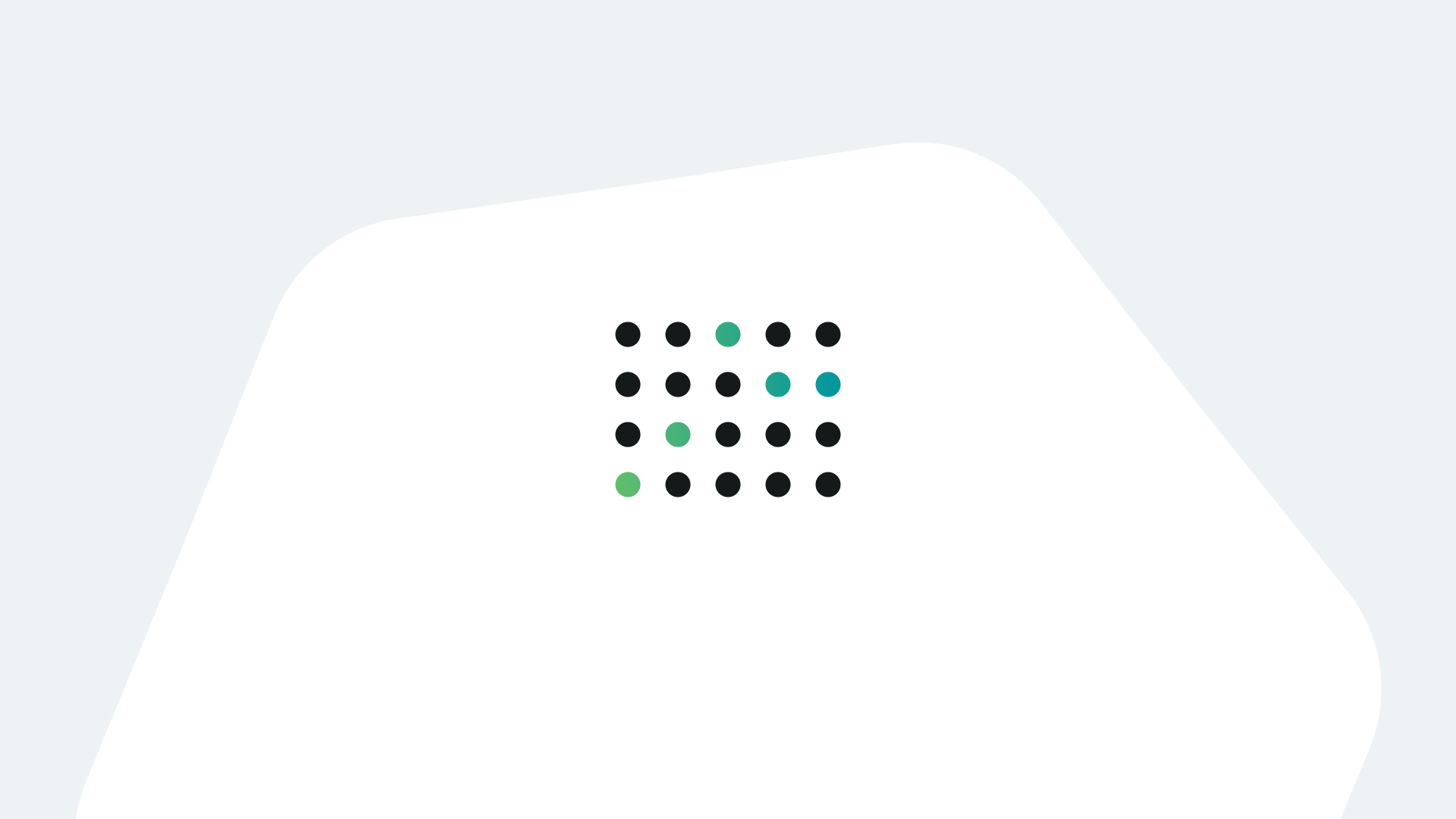The tragic events unfolding in Ukraine are a stark reminder there are entities in the world that wish to do harm to our country’s business and public institutions.
Cyber warfare has been a fact of life for some time now, and the war in Ukraine has returned this fact of life to the headlines. Combatting cyber warfare with cybersecurity best practices is, perhaps, now back to being top-of-mind for leaders of all organizations.
Addressing cybersecurity issues in a manner which measurably enables protection can be a daunting task. As the ancient proverb says, “the journey of a thousand miles begins with a single step.”
Organizations can immediately (and dramatically) improve their overall cybersecurity posture by pursuing these three fundamentals:
Prioritize Protecting Your Most Important Assets
Cyber attackers today are using sophisticated strategies and tactics that employ artificial intelligence, optimized attack algorithms, and automation techniques that enable attacks at scale. Given this reality, it is mathematically impossible to effectively defend all points of entry vulnerable to cyber attacks.
A simple step organizations can take immediately is to identify critical applications and data stores to quickly get an understanding of the adjacent points of entry an attacker can exploit. The majority of all security-related activities should be targeted at protecting the most valuable assets. Simply put, organizations should prioritize vigilant protection of their “crown jewels.”
While this sounds obvious, most organizations we work with cannot quickly identify those digital assets that should be defended as a priority. Leaders that pursue this simple step will quickly improve their overall security posture.
Security Harden Your Critical Applications and Systems
Hardening critical software and systems is a fundamental the U.S. defense and intelligence ecosystem has practiced for years. Security hardening software application stacks and associated systems and infrastructure provide basic hygiene for effective cyber defense.
At first blush, this might seem daunting for organizations that are not familiar with security hardening practices. This is a reasonable concern given that most organizations have no visibility into the steps that U.S. security, defense and intelligence agencies take to secure their most prized digital assets.
The Defense Information Systems Agency (DISA) System Technical Implementation Guides (STIGs) are a great place to start. DISA STIGs provide a fundamentally sound framework for executing system security hardening immediately. They are the foundational guidelines that the US defense agencies use today, the current STIG guidelines are available to the public online.
Consistently executing basic hygiene for security is something all organizations should pursue immediately. Just as we all do when protecting our own personal health, pursuit of basic hygiene for security is a fundamental that all organizations should pursue every day.
Remove Human Error Risk Through Automation
Human error remains the #1 cause of security vulnerabilities. Today’s systems and application stacks are simply too complex for continued use of manual processes for deployment, patching, and change management coupled with expectation to mitigate human error.
Organizations that identify their critical digital assets and systems, and then employ security hardening basic hygiene, must absolutely do so in an automated fashion. Automating the deployment of secured software dramatically reduces human error as a cause for creating security vulnerabilities.
Software deployment automation should be a fundamental starting point for all organizations. Automation of change management, threat response, and vulnerability remediation should also be pursued. As with most things, the “first step” is always the best place to start, and automating software deployment is a fundamentally sound first step.
Takeaways
Pursuit of a comprehensive and contemporary cybersecurity strategy may incorporate many elements such as zero trust, secure access service edge (SASE), frameworks such as MITRE ATT&CK, security orchestration and automated response (SOAR), encryption, and network microsegmentation, among numerous other technologies and techniques. While building a modern cybersecurity capability may appear as a daunting prospect for many organizations, a sound cybersecurity protection foundation can be quickly achieved by any organization pursuing the three fundamental strategies discussed above.
Don’t wait to start the cybersecurity journey — it begins with the first steps of prioritization, security hardening, and automation. We believe all organizations can and should begin their cybersecurity journey by addressing these fundamentals as a priority. From a risk mitigation perspective, pursuit of these three fundamental strategies will yield measurable positive impacts on risk reduction. With a foundation of fundamental protections in place, organizations can then continue their journey to weave more advanced technologies and techniques into their cybersecurity strategy.
The people that depend on your organization being secure are relying on leaders to act. Pursuit of security basic hygiene fundamentals is a great place to start.




